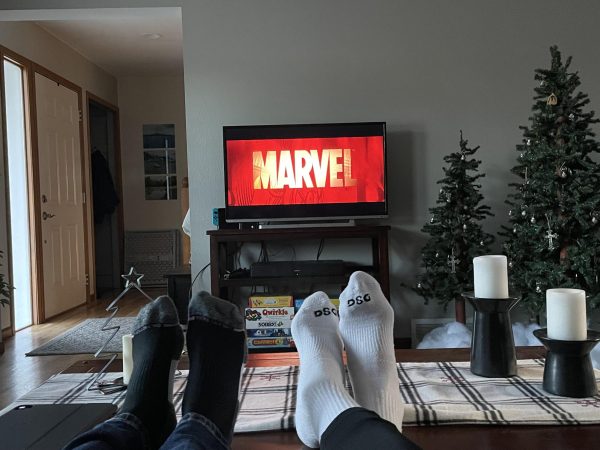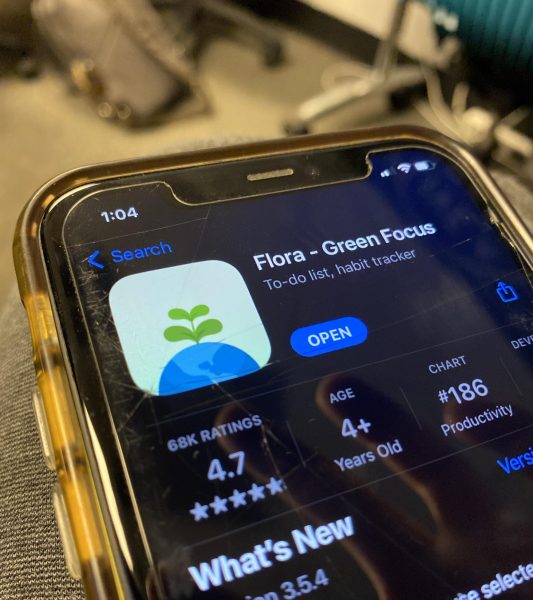The NBA Allstar Picks are Flawed, Here’s How to Fix Them
The picks for who was to be an NBA Allstar were released February 21st. And, as always, some players got snubbed. The same thing happened last year, and the year before, and will almost certainly happen for years to come. So how does the NBA fix this? How does the NBA make sure every All-Star caliber player is at least considered to be an All-Star?
Before learning about a new format, here is the way the NBA All-Stars are currently selected:
- “The starters are chosen by a combination of fans, media, and current players. Fans may vote using a variety of online platforms, and account for 50% of the vote, with the media and current players each accounting for 25%. The reserves are chosen by voting among
the head coaches of each team’s particular conference.”
- The fans also select the two captains, who will then “draft” a team from the pool of All-Stars.
This current format is flawed in multiple ways. Those flaws include, but are not limited to:
- Fans can troll, either by excessively voting in players who obviously don’t deserve it, or purposely not voting in players who do. For example, Alex Caruso of the Los Angeles Lakers is a strong bench player for the Lakers, but is nowhere near All-Star caliber. However, Caruso received thousands of votes, simply because fans thought it was funny. Fans definitely should have a say in who they see in the All-Star game, but they have a tendency to abuse their power.
- This format also limits the number of players who can be All-Stars to only 24, when there are often at least a couple more who deserve to be an All-Star.
That is the current format, but how does the NBA fix it? For starters, the NBA and fans of the NBA have to realize the general skill increase of players. Players will continue to get better and better as the game of basketball grows and evolves, it’s just how the game works; each generation of players will, on average, be better than the last. No, this does not mean that the NBA should raise the bar for what is considered an All-Star. They should however allow there to be more than 24 All-Stars each year.
Here’s how to do that:
- 25 NBA writers/experts/analysts make a list of every player they believe deserves to be an All-Star. This list can have any number of players, from even just one all the way to 30+.
- Next, every player who was written in by at least one analyst will be voted on by all 25 analysts.
- If the player receives 13+ votes, they’re an All-Star. If they receive 12 or fewer votes, they will not be an All-Star.
This format allows every All-Star caliber player to be considered and shown recognition, and the Analysts and fans don’t have to select only 12 from each conference. Speaking of the fans, they still deserve a say in who they see play in the All-Star game. The way the fans influence the lineups for the NBA All-Star Game is this:
- On some website, be that the NBA’s, or some other source, fans will be able to select 24 players from the pool of All-Star’s voted on by the analysts who they want to be in the All-Star game.
- To prevent fans from trolling and voting in every center and no guards, they will be required to vote for 12 guards (point and shooting), eight forwards (small and power), and four centers. This will make sure that the two All-Star teams are evenly matched.
- Fans will also vote on who the two captains are.
- After the pool of 22 All-Stars and two captains are selected, the captains will proceed as usual by drafting their team on live TV.
This new format, though slightly more complicated than the previous/current method, eliminates all of the problems with the current one, primarily players being snubbed as All-Stars.
You can watch the 2021 All-Star game on March 7, and while you’re watching, maybe keep in mind the players this year who got snubbed, and how they missed an opportunity of a lifetime because of a flawed system.
Your donation will support the student journalists of Rocky Mountain High School - CO. Your contribution will allow us to purchase equipment and cover our annual website hosting costs.

Collin is a Senior at Rocky and runs for the Cross Country and Track teams. He isn't sure about his post-high school plans besides attending college. His...






